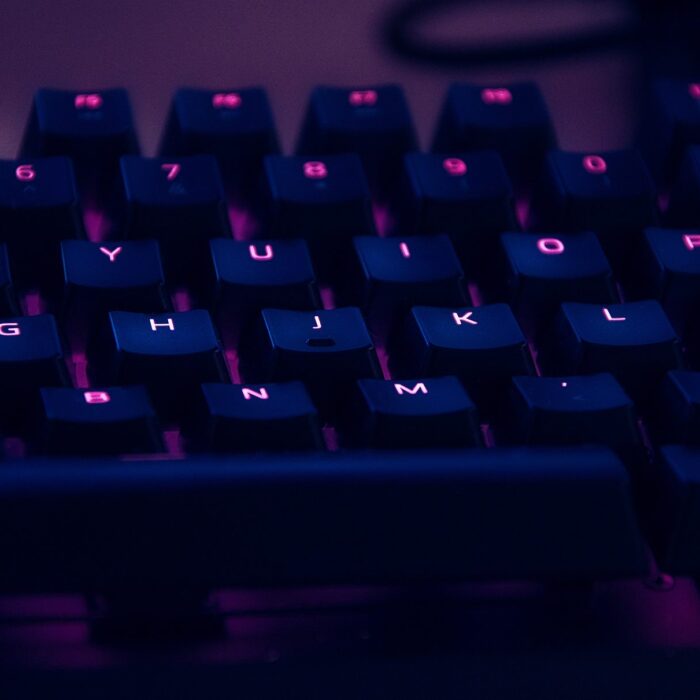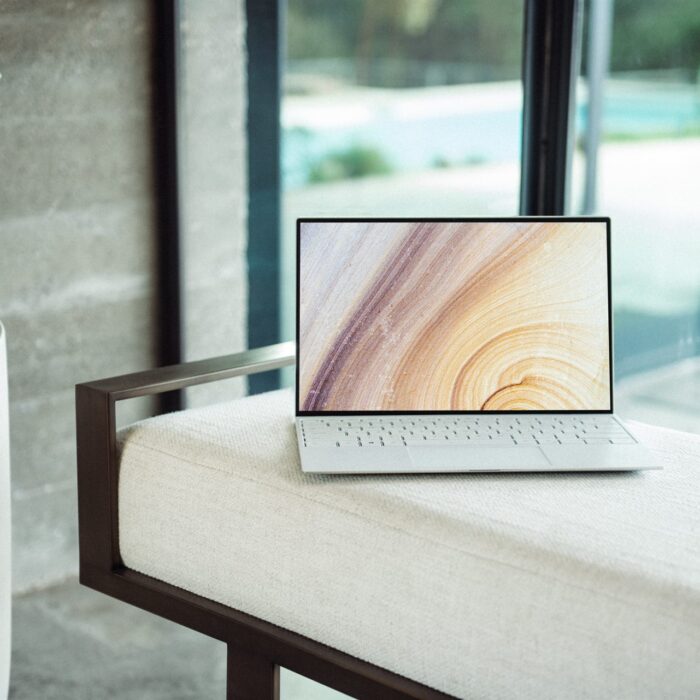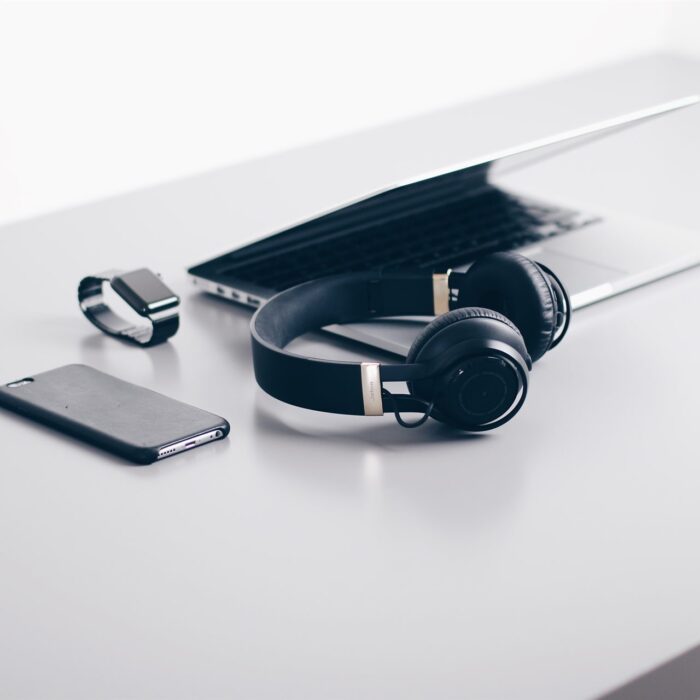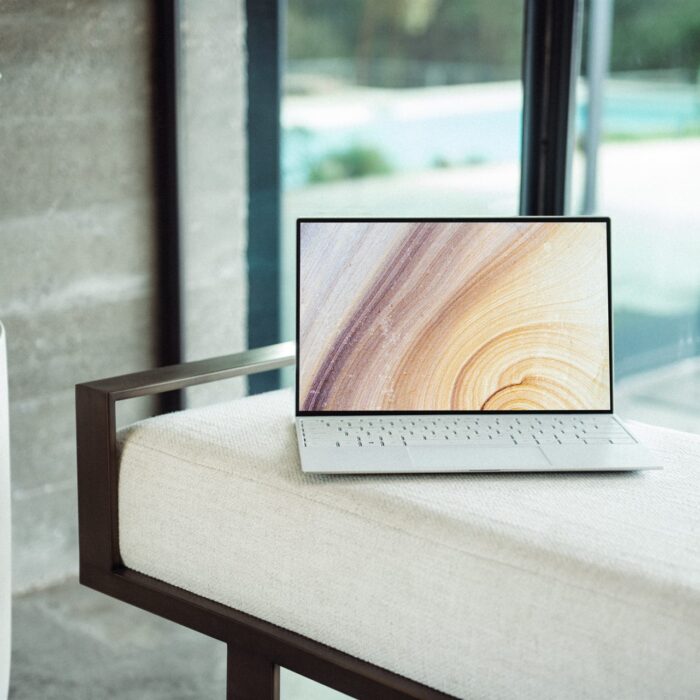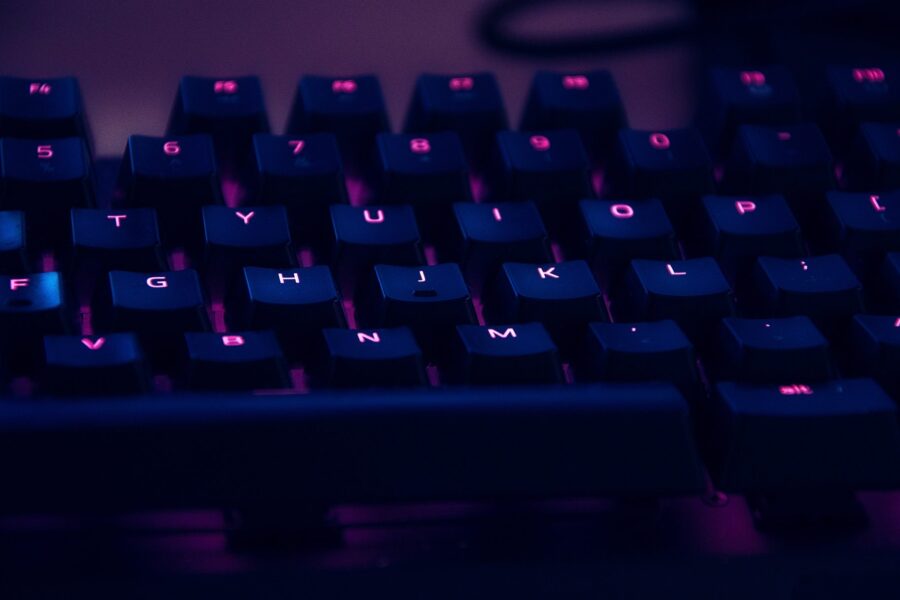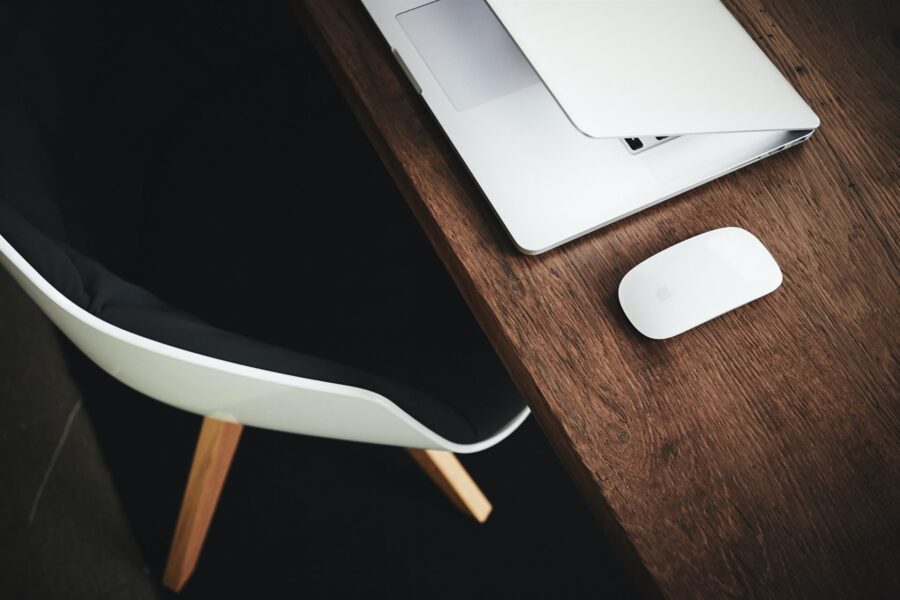Demystifying Laptops: Understanding the Basics
This is an illustrative, simple version of a post. Check out more advanced examples.
Design and Size
Laptops are portable computers that consist of a screen, keyboard, touchpad or mouse, and a housing that houses the components. They come in various sizes, typically ranging from 11 to 17 inches, which affects their portability and user comfort.
Operating System
Laptops are powered by different operating systems, such as Windows, macOS, or Linux. The choice of operating system depends on individual preferences and specific software requirements. Each operating system offers its own interface, features, and compatibility with applications.
These components determine the laptop’s performance, multitasking capabilities, storage capacity, and graphical capabilities.
Performance and Usage
Laptops are designed for a variety of tasks, from everyday web browsing and productivity applications to demanding tasks such as gaming or video editing. Consider the laptop’s specifications, such as processor speed, memory, and graphics capabilities, to ensure it meets your specific performance requirements.
Battery Life
One of the key advantages of laptops is their built-in battery, which allows you to use them on the go without relying on a power source. Battery life varies depending on the laptop model, usage patterns, and power settings. It is important to consider battery life when choosing a laptop, especially if you require long hours of unplugged usage.
Tips to Save Battery Life:
- Dim Your Screen: Lowering the brightness of your screen can significantly extend battery life.
- Close Unnecessary Programs: Close any applications or browser tabs you’re not using to reduce power consumption.
- Turn Off Wi-Fi and Bluetooth: If you’re not using them, disabling these features can save battery.
- Adjust Power Settings: Use your laptop’s power-saving mode to optimize battery usage.
- Unplug External Devices: Disconnect peripherals like external hard drives or USB devices when not in use.
- Avoid Using High-Performance Mode: High-performance modes increase CPU usage, draining the battery faster.
- Keep Your Battery Cool: Overheating can reduce battery efficiency, so keep your laptop in a cool, ventilated area.
- Update Software: Ensure your operating system and drivers are up-to-date for optimal battery performance.
Key Features
Connectivity and Ports
Laptops come equipped with various connectivity options:
- Wi-Fi
- Bluetooth
- Ethernet
- USB
- HDMI
- Audio Jacks
- SD Card Slots
Hardware Components
Laptops comprise various hardware components:
- Processor (CPU): Determines the laptop’s performance.
- Memory (RAM): Influences multitasking capabilities.
- Storage: Options include hard drives or solid-state drives.
- Graphics Card (GPU): Affects graphical capabilities.
- Battery: Allows for portable usage.
Conclusion
Laptops offer a versatile and portable computing solution for a wide range of users. Understanding their design, operating system options, hardware components, connectivity, battery life, and performance aspects will help you make an informed decision when selecting a laptop that best fits your needs.
Emily Parker is an accomplished author known for her captivating storytelling and ability to evoke deep emotions in readers. With a talent for crafting compelling narratives, she has quickly established herself as a rising star in the literary world.


